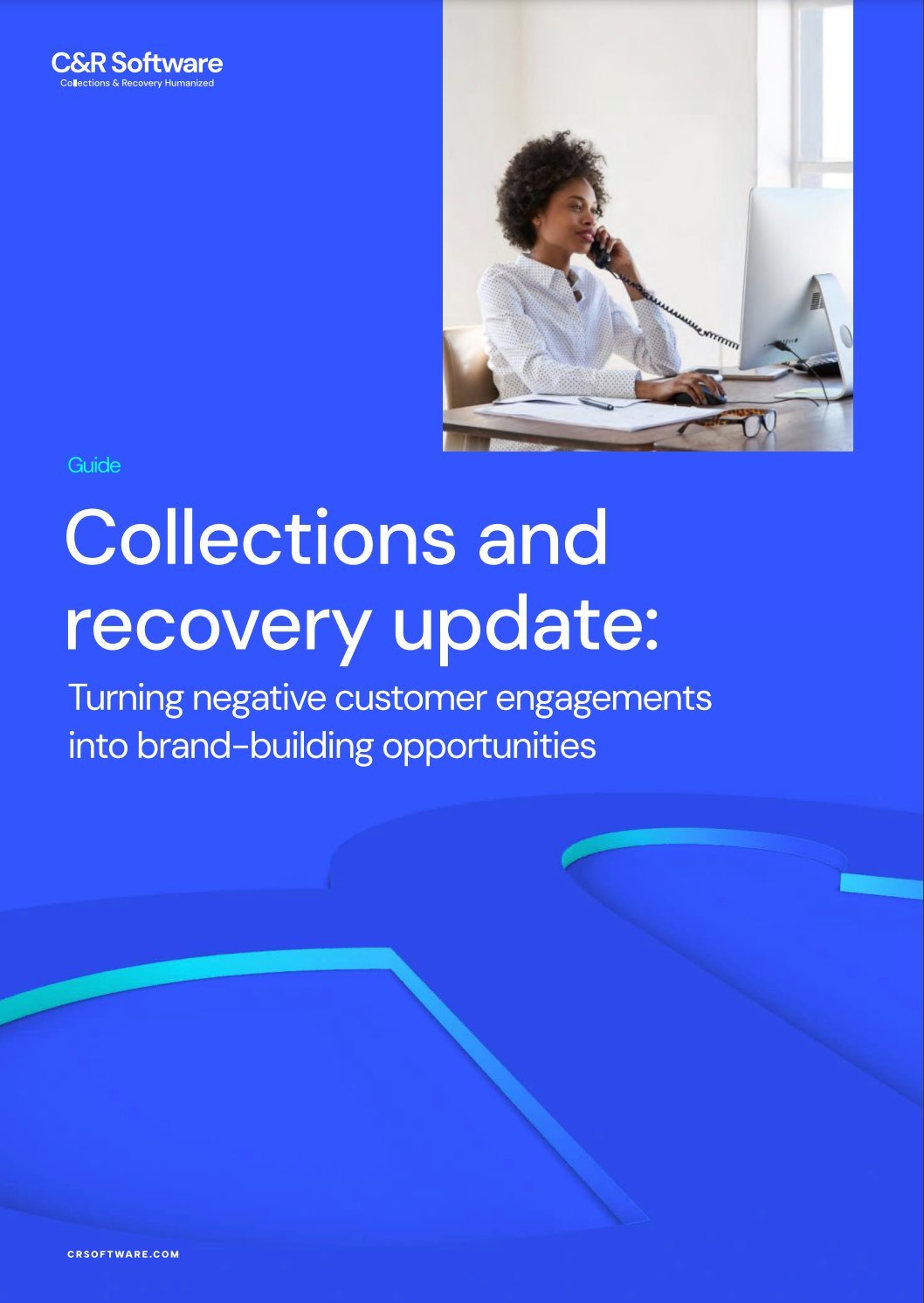Deciding to transition your entire collections software is a time consuming but necessary part of modernizing your strategy. Refusing to do so means you may end up losing your customers or risk legal repercussions through breaching data regulations.
In this article, we go over the dangers of keeping legacy collections software. We dive into how it restricts your collections performance, risks compliance breaches, and why you need to transition to a configurable collections platform.
It’s extremely difficult to stay compliant
Arguably the most important reason to transition from legacy systems is the issue of compliance. This is because these systems simply can’t meet the legal requirements of modern regulations. You risk the entire legality of your operations by staying with legacy software.
Key regulations such as the GLBA (Gramm-Leach-Bliley Act) highlight the legal limitations of legacy software. The GLBA sets strict guidelines on the management of nonpublic customer data and requires the administrative, technical and physical security of said data. This includes customer confidentiality, data encryption and sufficient protections from external security threats.
A majority of legacy software lacks the architectural support to integrate modern security systems like encryption and data validation. Moreover, these systems are difficult to regularly update, which is required for modern systems to safeguard their data from the constant threat of security breaches. The fact is, most legacy collections software isn’t compliant with the GLBA, so you risk your brand image as well as your customer data by sticking with it.
You won’t be able to retain your customers
The modernization of collections, like many industries, has seen rapid growth in technological capabilities and integrations. Customers expect intuitive end-to-end experiences over multiple channels and interfaces that seamlessly work with one another.
Fintechs and challenger banks in particular are leading the charge in this respect by providing modern and convenient services. When it comes to the modern customer, convenience is the king of retention. According to a survey of 2,000 customers, 86% said they would leave a brand they are loyal to after just two bad experiences.
As a financial firm, sticking with legacy software makes it almost impossible to retain your customers against the modern standards set by fintechs and challenger banks. You won’t be able to provide the basic expectations of self-service capabilities, omnichannel support or personalized interfaces. As a result, your customers will become frustrated and you’ll damage your brand image and reputation as a result.
And you can’t build meaningful and engaging relationships
Alongside the difficulty in customer retention, legacy software also makes it extremely challenging to build engaging and meaningful customer relationships. Without this reliable back-and-forth, you can’t build effective collections strategies to enhance performance.
As previously mentioned, customers now expect a modern standard which also includes communications. They want to be able to use their preferred channel of communication and choose between self-service opportunities or to contact your team directly. Simply put, the modern customer wants to be in control of how they contact you.
With legacy software, it is unnecessarily difficult to accommodate engaging communications with your customers. It will take your team hours of work to manually work out the contact preference for each of them, and that’s if you can even integrate the right channels. And if you don’t offer their channel of choice they will likely become unresponsive, making it difficult for you to help them reach a resolution.
Configurable collections platforms - a modern, engaging and secure solution
Configurable platforms are the natural next step if you are looking to transition from legacy software. They harness the power of AI, automation and system integrations to provide a modern experience for your customers while cutting the workload for you and your team.
- Hyper-personalization - Enhance customer retention through personalizing their collections experience. Configurable platforms integrate with AI and algorithms to inform your team of which channels your customers prefer, help build unique workflows relevant to their personal situation, and even detect vulnerable customers before they become delinquent.
- Omnichannel support - Configurable platforms enhance your engagement through omnichannel support. They store your customer’s communication preferences and integrate with your preferred omnichannel system. Contacting your customers via their preferred channel makes it easier for you to build meaningful relationships.
- Security integrations - Configurable platforms are cloud-native solutions that are simple to update and have security modules in place. These modules have end-to-end encryption, automated data monitoring and secure customer portals. You can make sure your customer data is private and secure, and that your operations are safe and compliant.
Transition to a modern collections platform that covers every base with C&R Software
Transitioning to a modern collections platform is becoming less of an option and more of a necessity. You need the tools and integration compatibility to stay competitive in the collections space and make it easy to be compliant with regulations.
At C&R Software, our industry leading Debt Manager platform has all the tools and integration you need in an easy-to-use package. It seamlessly integrates with a number of systems, showcases layers of configurability and doesn’t need a technical specialist to operate. Simply put, you can enhance collections performance, save time for your team, and make compliance simple.
To find out more about Debt Manager and how it can boost your customer retention, help you build engagement and secure your customer data, contact a member of our team today.



-4.png?width=352&name=operationalize%20AI%20(9)-4.png)
-Dec-22-2025-06-24-07-4455-PM.png?width=352&name=operationalize%20AI%20(14)-Dec-22-2025-06-24-07-4455-PM.png)
-4.png?width=352&name=operationalize%20AI%20(15)-4.png)

